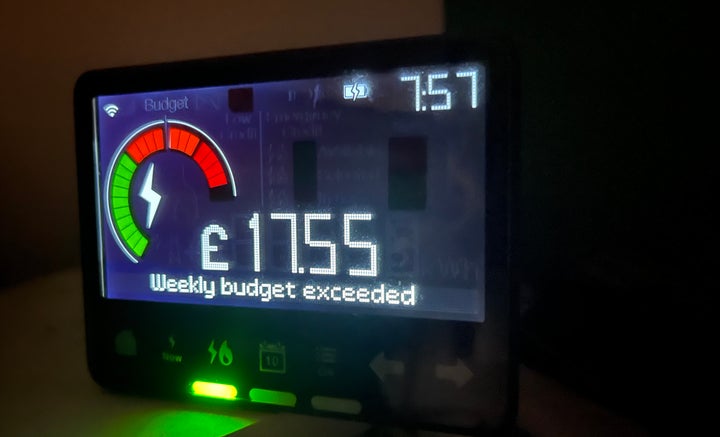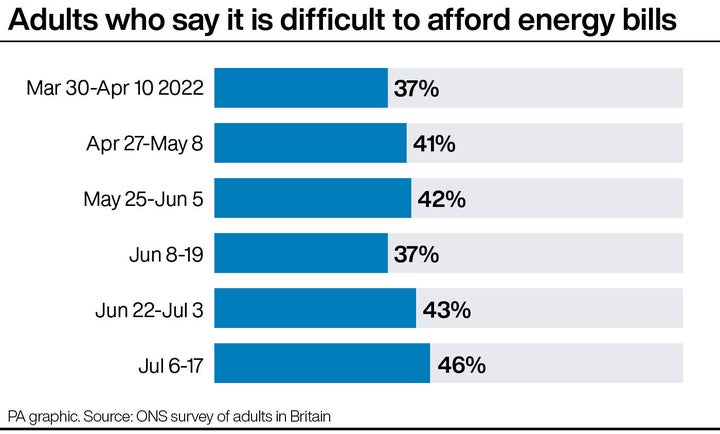
Fuel poverty is a phrase which keeps coming up ever since the energy bill price cap was lifted back in April.
But just what is it, and how worried do we need to be about its implications?
Here’s what you need to know.
What is fuel poverty?
Since June 2013, the government has claimed a household is in fuel poverty if:
The property energy efficiency rating is band D or below (the scale defines band A as most efficient, and band G as least efficient)
Paying the full price of those bills would leave the household with residual income below the official poverty line
This way of assessing if someone is in fuel poverty is called the Low Income Low Energy Efficiency Indicator.
However, this definition is mainly used in England.
In Scotland, Wales and Northern Ireland, the devolved governments tend to use the older definition of fuel poverty – when a person needs to spend more than 10% of their household income on fuel to heat their home to a satisfactory standard.
What causes fuel poverty?
Energy efficiency of the home
Cost of energy
Household income
What is the fuel poverty gap?
This is how the depth of fuel poverty is measured. It’s the reduction in fuel costs a household needs in order to not be in fuel poverty.

How widespread is fuel poverty in the UK?
There were 3.16 million UK households in fuel poverty in 2019, according to the campaign group, End Fuel Poverty Coalition.
This rose to 6.32 million when the energy price cap rose in April this year – 2.5 million of these households have children.
An alarming new study from the University of York has also estimated that 45 million Brits will be in fuel poverty this winter.
This adds up to two thirds of all UK households, according to these findings, with the hardest hit areas being Northern Ireland (76.3% of families expected to struggle this winter), closely followed by 72.8% homes in Scotland and 70.9% in the West Midlands.
Why is it likely to increase?
With inflation at a 40-year-high – hitting double figures at 10.1% for the first time since 1982 – the cost of living crisis is squeezing bank balances across the country.
Analysts also predict its only going to get worse too, and might even reach 13.3% later this year before it comes back down again.
Energy bills are expected to hit £3,582 in October, when energy regulator Ofgem lifts the price cap once again, and may even reach £4,000 by January unless there is government intervention.
Could it be avoided?
Many are calling for Downing Street to act, and quickly, to protect people across the country.
However, the government is currently between prime ministers – outgoing PM Boris Johnson is on holiday, and his potential replacements, Liz Truss and Rishi Sunak, are still battling it out to win over the Conservative Party.
Education secretary James Cleverly told ITV’s Good Morning Britain that the “candidates cannot put their plans into practice until they are prime minister” in early September.
However, MoneySavingExpert Martin Lewis claimed: “What a load of bull. That is complete bull. I won’t use the final word on the back of it. That’s just simply not true.”
He called for the government to bring forward an emergency package of help right now. He previously pleaded for Sunak, Truss and Johnson to work together to find an answer to the crisis, although they have since turned down that idea.
Labour has put forward a plan to freeze the energy price cap at current levels (£1,971) to prevent the immense strain households are expected to face in October.
The Green Party have also proposed nationalising five energy companies.